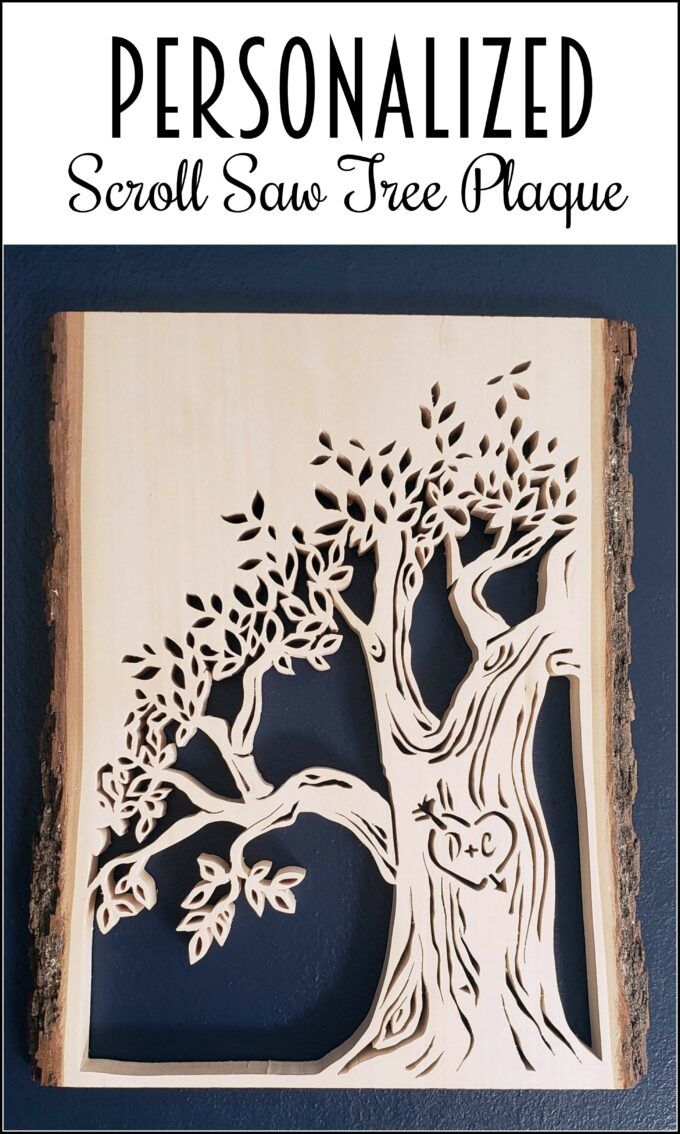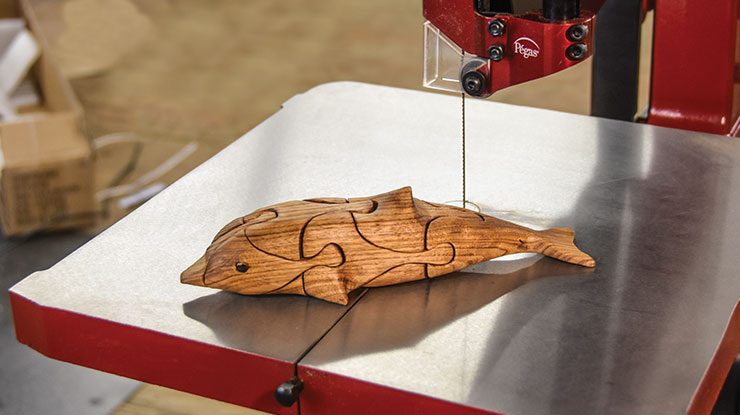
Fretwork is a decorative detail that you have probably seen in Victorian homes. This period is remembered by the intricate woodworking and graceful interlacing patterns. This sourcebook includes elaborate plates that include authentic patterns for fretwork and finials as well as banisters, scrollwork, interlaced vines and foral carvings. This book includes detailed instructions on how you can prepare your scroll saw to fretwork, as well as Victorian fretwork patterns.
Creating victorian fretwork patterns
The timeless fretwork pattern is a great choice for any home, whether you are making a Victorian-inspired table, window treatment or screen. This guide provides detailed instructions, full-size pictures of vintage pieces, as well detailed shaded patterns. These patterns are popular today and can also be found on furniture and bedding. For tables and cabinets, fretwork patterns also add elegance to any space.
Preparing the scrollsaw for fretwork
It can seem daunting to begin fretwork if you are a beginner in woodworking. However, once you have the right tools, the process is quite straightforward. Traditionally, this type of work was done with handsaws, but scroll saws have made this process much easier. Scroll saws can have their blade removed so that you can cut different patterns out of wood sheets and panels.
First, drill starter holes in the scroll saw. You will find the starter holes about 1/4 inch away from the scrollsaw's inner edge. These holes should be made using a 5mm drillbit. Once you have drilled the starter holes you can begin cutting the wood pieces.
After you have ensured that your scroll saw blade is sharp enough for cutting the right size and shape, it's time to start carving. Marquetry is woodwork where you attach different colored woods veneers to a wooden substrate. Marquetry, which is considered an artistic form of woodworking, requires a skilled craftsman. You don't have to be intimidated by this kind of woodworking. A scroll saw can help you create amazing pieces for your home and office.
Making a Victoria Fretwork Cross

Perhaps you have heard fretwork, but have ever thought of making your own Victoria Fretwork Cross. These cross-shaped ornaments look great when they are framed or displayed in a sunny location. These simple projects feature stunning scrolls and graceful curves. They are also simple to install. Wood veneer is a great option, because it is affordable and reliable. There are many different fretwork patterns.
A basic Victoria fretwork cross can be made from parchment paper, but you must be able to bend it in the shape shown. Make sure to taper the masts upwards and point the cross spars at each end. To cut your pieces, use a fretsaw. Then paint them. Finish your piece with a red circle to make it easier to recognize. Make sure to follow instructions carefully.
FAQ
What type of tools does a carpenter use?
A hammer is probably the most widely used tool for carpenters. A hammer is used for pounding nails into wood. A hammer is used to hold pieces together during a project. Other tools include clamps.
Do I have to refinish my furniture?
Yes! You don't have to hire a professional to refinish furniture. There are many ways you can do it yourself. Here are a few ideas:
Use sandpaper for removing stains and scratches. Next, wipe the surface clean with a damp cloth.
Apply clear polyurethane paint. Allow to dry completely before moving furniture.
Use acrylic paint to paint furniture.
Use stain instead of paint. Furniture will look richer with the stain.
Use shellac wax. The wax will add shine to the wood and protect it.
Where do I get my woodworking supplies?
You can find everything you need in many places. You can visit your local hardware stores, or you can look online at sites like Amazon.com.
You can also look for used furniture at flea markets or garage sales.
How can a beginner woodworker make money?
Many people want to open an online furniture business and are learning how to build it. However, if you're just getting into furniture building, there are other options than selling on Etsy. You can sell at local craft fairs. You could also offer workshops to help others learn how to make their own furniture. Perhaps you have some experience as a carpenter/builder and would like to offer your services, such as remodeling homes and creating custom pieces.
How do I organize my shop?
A designated place to store your tools is the first step towards keeping your workshop clean. Your tools will stay sharp and ready to go when they are free from dust and debris. Hang tools and accessories using pegboard hooks.
What's the difference between plywood vs particle board?
Plywood consists of layers made from wood and pressed together by pressure. Plywood is available in a variety of thicknesses. It is often used to make cabinets or flooring. Particle board is made from sawdust mixed with resin and then compressed into large blocks. It's used for home improvement projects. Both types of boards can be easily cut and are durable.
Are there any tips for starting a woodworking enterprise?
Starting a woodworking business is a lot of work. You won't mind working hard if your hobby is something you love. You will probably love the challenge of starting your own business.
When you are launching a new venture, it is important to be aware of the possibility that you will encounter unexpected difficulties. You may run out of money suddenly. You might find customers not willing to pay the amount you expected. You need to be ready for these situations if you want to survive.
A good tip is to open a separate bank account for your business. This will ensure that you always know how much money has come in.
Statistics
- The best-paid 10 percent make $76,000, while the lowest-paid 10 percent make $34,000. (zippia.com)
- The U.S. Bureau of Labor Statistics (BLS) estimates that the number of jobs for woodworkers will decline by 4% between 2019 and 2029. (indeed.com)
- Woodworkers on the lower end of that spectrum, the bottom 10% to be exact, make roughly $24,000 a year, while the top 10% makes $108,000. (zippia.com)
- In 2014, there were just over 237,000 jobs for all woodworkers, with other wood product manufacturing employing 23 percent; wood kitchen cabinets and countertop manufacturing employing 21 percent. (theartcareerproject.com)
External Links
How To
How to drive a nail through wood
To drive a nail into wood, the first step is to select the right size and type hammer. The most common types of hammers are claw hammers, sledgehammers, mallets, ball peen hammers, and hatchets. Each type of hammer has its pros and cons. A claw hammer works well when you're trying to hit nails with a heavy hammer. However it is difficult to precisely control where the blow hits. A sledgehammer allows you to hit large areas simultaneously, but it is too heavy and cumbersome to use for small tasks.
Once you have chosen the right hammer for you, put your hand flat against its side so that it rests comfortably in the palm of your hand. You can grip the handle with your fingers, but not so tight that it causes injury. You should hold the hammer straight-up, with your wrist still relaxed. Next, swing the hammer toward the ground and aim for the nail's center. You should feel the impact of the hammer striking the nail. Try practicing with a block to help you master the art of swinging a stick.
The hammer should be held close to your body when you are ready to begin driving the nail. To ensure that the nail is perpendicular on the surface of the wooden floor, position it. Keep your eyes on the tip. Swing the hammer forward, and then move the hammerhead. Keep doing this until you are comfortable with the swing. Try adding power to your swings when you've mastered the technique. Try holding the hammer above your shoulder and bring it down forcefully. You will be able to use more energy and put your best foot forward.
After you have nailed the hole, take the hammer off the nail. Use a pry bar or screwdriver to pull out the rest of the nails. To avoid splitting the wood, make sure the nail heads are not touching the board's surface.